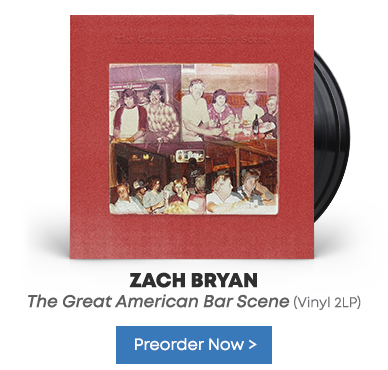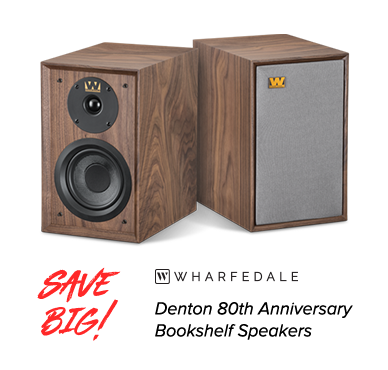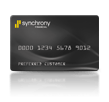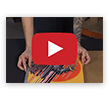The arrival of Lollapalooza in Chicago this week signifies the beginning of the unofficial end of another busy summer festival season. The now four-day annual event – featuring the likes of Chance the Rapper, the xx, Lorde, Arcade Fire, and plenty of relative unknowns – follows a bevy of spring and summer fests that dominated the live music scene. There's still more to come, as San Francisco's Outside Lands arrives the week after Lollapalooza. But the latter's size and prominence makes it feel like a bookend to April's Coachella Valley Music and Arts Festival in the Southern California desert. Lollapalooza, after all, can be credited for inspiring today's festival fever. The event, dreamed up in part by Jane's Addiction frontman Perry Farrell, helped make festivals a norm in North America. The occasion and history inspired us to look back at five of Lollapalooza's greatest lineups/moments.
1991: Jane's Addiction, Siouxsie and the Banshees, and Nine Inch Nails
Initially conceived as a touring festival that would double as a farewell celebration for Jane's Addiction, Lollapalooza's first-ever trek in 1991 stuck close to rock's heavier, gloomier side. It even showcased some of the genre's more combustible attributes, as Jane's Addiction members were not on the best of terms with one another. Still, the band ranks as a leading architect of alternative rock. Its early work shifted among punk and metal textures and put a premium on weirdness. Less menacing but no less dark, Siouxsie and the Banshees' music preferred the shadows. The tour also featured a soon-to-explode Nine Inch Nails. In all, the inaugural run previewed the genre-hopping tendencies that would later define modern festivals.
1994: Smashing Pumpkins, Beastie Boys, and A Tribe Called Quest
After a pair of solid, rock-focused lineups in 1992 and 1993, Lollapalooza swelled in size and expanded in scope in 1994. It could have been a depressed outing. Consider: Nirvana was pegged to headline, but Kurt Cobain was found dead in Seattle about three months before Lollapalooza launched. Yet the festival persevered. The Smashing Pumpkins were at a high point, coming off the breakout success of Siamese Dream and about to enter a more ambitious career phase with 1995's Mellon Collie and the Infinite Sadness. The rest of the bill excelled, too. Lollapalooza boasted the Beastie Boys, who by this point had graduated from jokesters to hip-hop heavyweights, as well as A Tribe Called Quest, who were fully experimenting with rap and jazz. Also on the slate: Lit-rock luminaries Nick Cave and the Bad Seeds, and promising lesser-known acts such as psychedelic poppers the Boo Radleys and soon-to-be-indie stalwarts Guided by Voices.
1995: Moby, Sonic Youth, Hole, and The Jesus Lizard
The 1995 lineup represented a transitional time for Lollapalooza. The alt-rock era, still a force on radio, started to enter its twilight stage. Punk witnessed a resurgence, and dance-focused electronica had just begun to penetrate the mainstream. Both of the latter genres were on display, with the celebratory, horn-inflected melodies of the Mighty Mighty Bosstones representing punk and dance maven Moby embodying the electronic card. Moby, in particular, proved a revelation. His work at this point represented music at its most borderless, with mixes of samples and original compositions touching on everything from disco to classical to metal. The approach unknowingly foreshadowed the download-and-stream-everything period that eventually followed. Nevertheless, rock still ruled, with Courtney Love's Hole and underground stalwarts Sonic Youth at the top of the bill. Credit the fest, too, for taking a chance on the Jesus Lizard, the wildly off-kilter noise-rock band from Chicago.
2005: Arcade Fire, Spoon, and Weezer
The Lollapalooza brand started to lose its edge in the late 90s. While the fest tinkered with more dance-focused bills – and even some heavy dips into the (thankfully) relatively short-lived trend of rap-rock – audiences appeared less taken with the travelling show, which sputtered out in 1997 before attempting returns in 2003 and 2004. By this time, destination events such as Coachella and Tennessee's Bonnaroo had hit big. Consequently, Lollapalooza refocused itself in 2005 as a standalone, two-day, Chicago-based festival. Grant Park proved to be a beautiful lakefront setting, and Lollapalooza scored by showcasing the majestic, communal-focused rock of the Arcade Fire just as the act verged on mainstream success. Elsewhere, minimalist indie rockers Spoon proved its sound could translate to large fields, and Weezer represented the fest's mid-90s roots. At the time, Lollapalooza also focused on the sounds of Chicago, with up-and-comers such as the Ponys and the Redwalls sharing the bill with local legend Liz Phair.
2008: Kanye West, Radiohead, Daft Punk, and Wilco
Lollapalooza took to its new permanent North American location relatively quickly, as by 2006, it grew to a three-day event. Also, the fest instantly began diversifying the headliners. Rap superstar Kanye West topped the bill in 2006. He returned again in 2008, and at that juncture, the artist was still full of surprises, making the repeat visit a welcome one. His uplifting Graduation album owned the pop world. Elsewhere, Lollapalooza attracted scored with its post-In Rainbows booking of Radiohead. Needless to say, the band's newfound, bright digital textures took on new meaning in the Chicago night. Additionally, the mid-2000s wave of dance music was taking off, in part due to Daft Punk's swift, vintage sounds. And there was plenty more worthwhile hearing, ranging from the still-powerful Nine Inch Nails to hometown heroes Wilco to the off-the-hook mash-ups of Girl Talk.
4th Aug 2017




































